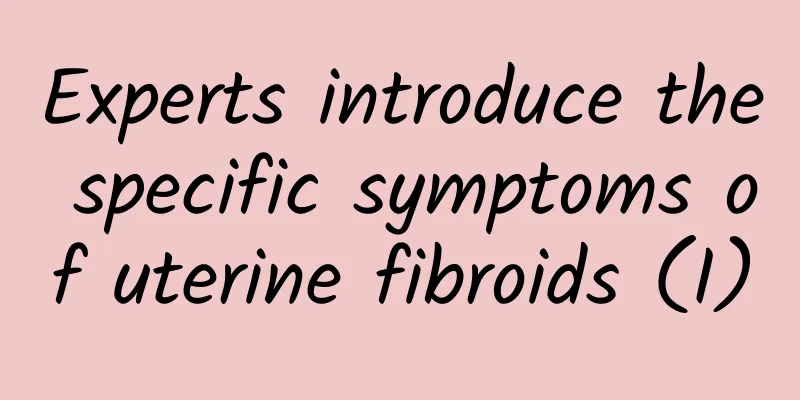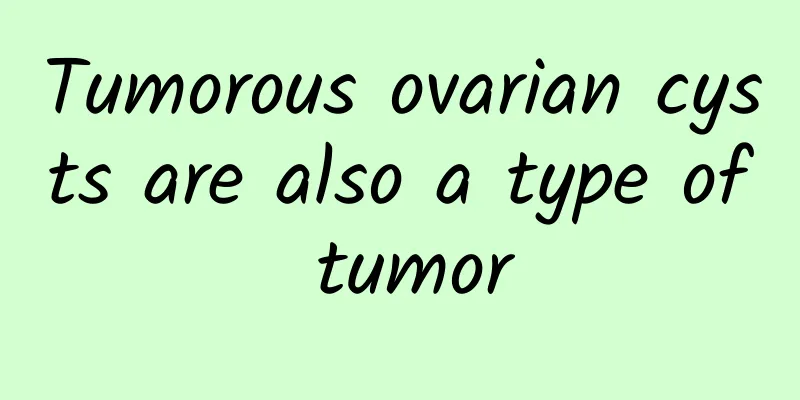Experts introduce the specific symptoms of uterine fibroids (I)

|
Experts remind that early detection and early treatment of uterine fibroids are the fundamental way to maintain health. So what are the symptoms of uterine fibroids? I hope the following experts' introduction can help you. Let everyone know more about the symptoms of uterine fibroids . 1. Infertility and miscarriage: 30% of patients with uterine fibroids are infertile. Pregnancy may be the reason for seeking medical treatment, and uterine fibroids are found during the examination. There are many reasons for uterine fibroids to cause infertility. 2. Compression symptoms: The symptoms of this type of uterine fibroids often occur in cervical fibroids, or are caused by the enlargement of fibroids in the lower part of the uterine body, which fill the pelvic cavity and compress the surrounding organs. Compression of the bladder can cause frequent urination or dysuria, urinary retention, etc. Compression of the ureter can cause hydronephrosis and pyelonephritis. Fibroids growing on the posterior wall of the uterus can compress the rectum, causing constipation and even difficulty in defecation. Compression of the pelvic veins can cause edema of the lower limbs. Compression symptoms are more obvious in the early stage of menstruation, which is due to the congestion and swelling of uterine fibroids. 3. Pain: Symptoms of uterine fibroids include abdominal pain in about 40%, backache in 25% and dysmenorrhea in 45%. Some patients also experience a feeling of heaviness in the lower abdomen or backache, but the degree is not very serious. The pain is caused by the tumor compressing the pelvic blood vessels, causing blood stasis, or compressing the nerves, or the pedunculated submucosal fibroids can stimulate the uterus to contract and be discharged from the uterine cavity, causing the cervical canal to widen and cause pain, or the necrosis and infection of the fibroids causing adhesion and traction in pelvic inflammatory disease. 4. Uterine bleeding: It is the main symptom of uterine fibroids, occurring in half or more of the patients. Among them, cyclical bleeding (excessive menstrual flow, prolonged menstruation or shortened menstrual cycle) is the most common, accounting for about 2/3, while non-cyclical (continuous or irregular) bleeding accounts for 1/3. Bleeding is mainly caused by intramural fibroids and submucosal fibroids. Cyclic bleeding often occurs in intramural fibroids. The above content is the symptoms of uterine fibroids introduced by experts. Please pay attention to it. I hope it will be helpful to you. If you have other questions about the symptoms of uterine fibroids, please consult online experts and they will give you detailed answers. For more information, please visit the uterine fibroids topic at http://www..com.cn/fuke/zgjl/ or consult an expert for free. The expert will then give a detailed answer based on the patient's specific situation. |
<<: Uncover the three high-risk groups for uterine fibroids
>>: Experts introduce the specific symptoms of uterine fibroids (Part 2)
Recommend
What are the dietary treatments for Bartholinitis?
Bartholinitis is a disease caused by bacterial in...
Low-carb diet is becoming a trend, eating nuts can produce healthy fats!
Speaking of losing weight, I believe many people ...
How to treat inflammatory changes of the cervix
Inflammatory changes in the cervix are generally ...
careful! "Zero-calorie" foods make you fatter and more depressed the more you eat
"Nutritionist, I always choose zero-calorie ...
Overeating ruins weight loss efforts! Chestnuts increase satiety
When the autumn wind blows, chestnuts are in abun...
What is the cause of irregular menstruation? There are 6 reasons for delayed menstruation
What are the causes of irregular menstruation? Ir...
Uterine bleeding treatment costs
Functional uterine bleeding, also known as DUB, i...
Overview of Hyperprolactinemia
Hyperprolactinemia, also known as hyperprolactine...
What are the causes of female cervicitis? Gynecological experts point out the three major causes of cervicitis
Cervicitis is a common gynecological inflammation...
Is headache a symptom of hyperprolactinemia?
Hyperprolactinemia is a very common disease among...
Does cold weather help you lose weight? 6 cups of fat burning herbal tea to prevent freezing
Winter is a good time to lose weight! A research ...
How to choose a hospital for endometrial tuberculosis
How to choose a hospital for endometrial tubercul...
Can I only eat bananas when I have constipation? Try drinking "this 1 cup" of high-fiber juice to moisturize the intestines and relieve constipation
Who says you can only eat bananas when you are co...
What are the symptoms of bacterial vaginosis
Symptoms of bacterial vaginosis include increased...
Will uterine fibroid surgery affect fertility? Common treatments for uterine fibroids
Many patients with uterine fibroids may worry abo...









